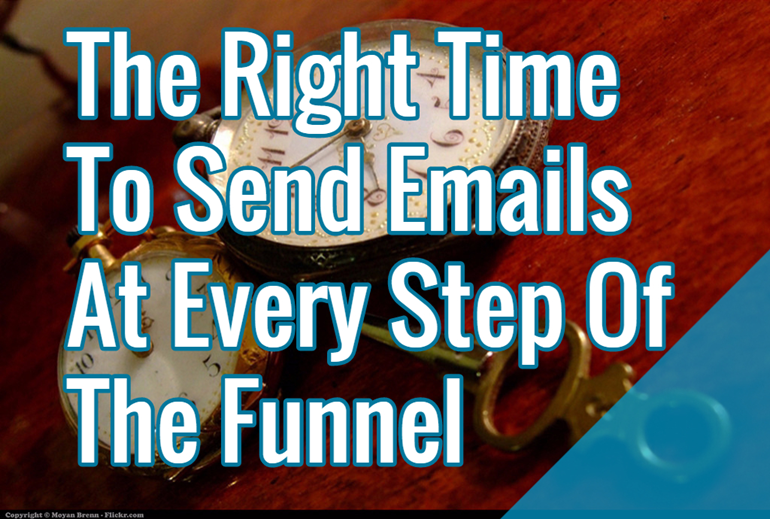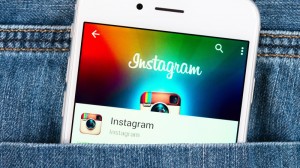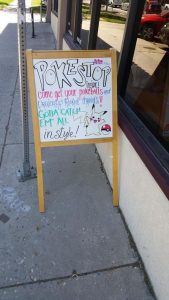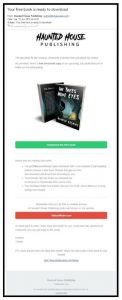
Email is one of the oldest forms of digital marketing and continues to be arguably the most effective. With a bit of analysis and automation, you can time your emails to target audiences when they’re at their receptive best.
The time of day and the day of the week at which an email is sent have a dramatic impact on click-through rates. The exact times and days vary from business to business, and between industries too. As a rule of thumb, emails go out on weekday afternoons – but if you could make changes in key metrics simply by sending your emails out at a different time, without changing anything else you’re doing, wouldn’t you want to know more?
Marketing Emails
Most studies involving emails, including those looking at open rates, subject lines, lists, and even conversions, revolve around those with marketing content as opposed to the pure sale. But such is the nature of most emails that businesses send out. So let’s look at these first.
The Best Of Times
The best days to send B2B emails are Thursdays , followed by Fridays, then Tuesdays, Wednesdays and Saturdays.
Email click-through rates peak in the early morning , and the effect is slightly stronger for B2B than for B2C. For B2B emails, the click-through hotspot is from 8AM to 11AM .
Open rates max out later in the day, though: 26% of B2B emails are opened between 5PM and 7PM.
B2C email send times are less sensitive than B2B, with more of a spread and fewer sharp peaks and troughs. Mondays and Fridays are bad times, other weekdays and Saturday perform fairly well. B2C emails see peak opening rates in the evenings, between 7 and 9 PM.
Interestingly, not all B2C marketers know when their best days are. PinPointe.com found that while B2C email click-through is at its worst on Sundays, only 23% of B2C marketers thought Sunday was one of their worst days. B2B marketers do much better: over half knew Sunday was a bad day for responses.
By Industry
The best time to send emails out depends on your industry too. Specific industries saw sharp differences in email opens. For B2C email campaigns, you should know that the best time to send out property and financial services emails is between 3PM and 5PM Monday to Friday, while 17.9% of holiday promotions email opens happened between 5 and 7PM. Finally, in the evening, emails relating to gyms, shopping and other consumer promotions spike: 23% of all emails classified as “consumer promotions” were opened during this time frame.
It’s important to note that different studies come up with different times for all these factors. KISSmetrics and RedBase both warn marketers to let the weekend lie: bounce rates are maximum, abuse complaints rates are highest, and open and clickthrough rates trough. But GetResponse found different: their study shows responses to emails spiking on two different days, with open rates best on Tuesdays and click-throughs best on Fridays.
Meanwhile Experian recommends sending emails on Sunday nights between 8PM and midnight – the dead zone of the day, on the dead-zone day of the week.
Who’s Right?
So what’s really going on?
One factor is that while individual metrics are easiest to track they also mean the least. We don’t care about opens, or click-throughs. We care about opens-that-become-click-throughs-that-become-sales. That kind of joined-up metric is hard to track and few partner companies will do it, helping to produce seemingly contradictory results. We could be looking at different audiences too.
Another reason could be simply that the best time to send emails is when no-one else is doing it. Click-through and open rates spike at 6AM overall, and the high response rate to emails sent over the weekend is partly due to different audiences and partly to emails mounting up over the weekend or overnight so they’re at the tops of inboxes in the morning.
Finally, within each audience and each segment, there will be some people who open their emails more often and some who open them less often. Could we be seeing an effect whereby early risers who interact with their inboxes first thing are driving this 6AM bump? (That would explain why the Financial Times sends its emails out at 6AM!)
Sales Emails
So you got your marketing emails down pat. You figured out which of the (contradictory) “perfect” time slots was best for you, and you’re pulling in more leads. They’re going over to sales, and even if your sales department is the same staff as your marketing department – i.e. you – that’s still a crucial distinction because they’re such different activities.
You’ve got more than just an email address and some social media data. You’ve got real interest, and qualified leads, and you’re approaching them to see if they want to meet with you to buy something. All the difference in the world. But you should still be using email and when you send those emails still makes a difference. In fact it can make a difference that averages +53% conversions. All for just sending emails out at a different time, something you can easily do by syncing your CRM with an email marketing tool.
Emails can generate big sales bumps long after a lead comes in, too: Jason Zook says 75% of the conversions he gets are from follow-up emails.
Sales Email Scheduling
Sending your emails out at these times generates big conversion jumps [1]
Email 1: Should be sent on the first day after the lead comes in, ideally within 20 minutes but the sooner the better, especially if email is your primary method of contacting this lead. Around 50% of sales go to the first suitable organization that responds to a lead, leaving everyone else fighting over the remaining 50%. Sending the first email within 20 minutes of lead generation increased conversions by an average of 49%.
Email 2: In many ways, email 2 is the most critical. Most marketers and salespeople fail because they give up way, way too early. Many never send a single email; even more never send more than one. As a result, if you’re competing for the lead who converts after more than one email, there is far less competition. Maybe that explains the 85% conversion bump you can get by sending your second email out 4 days after the first.
Email 3: Send your third email out and you become part of a yet-more exclusive club, one of those few sales staff who bother to use a multi-touch email strategy. Time it for 8 days after lead generation and win yourself a potential 52% conversion bump.
Email 4: Your fourth and fifth emails are true chase emails, sent long after the lead was generated. But aren’t you just hassling people at this point? Is it even worth the effort of sending people an email this late? Surely they’ve made up their minds by now. Well, maybe they’ve made up their minds to deal with you later, judging by the stats. Time your fourth email for 15 days after lead generation and conversions rise by an average 37%, suggesting that there are a lot of latent sales just left hanging if you give up too soon!
Email 5: The final email you’ll send according to these stats, after which it becomes ineffective to send more. Sending your fifth email over three weeks after lead generation might seem a hopeless case but in fact it can produce a 44% increase in conversions!
These email times are dependent on when you qualify a lead as a sales lead, so they’re not as time-sensitive as marketing emails in terms of days of the week, or time of day. You’re communicating with someone who wants to talk with you directly about a possible purchase. It’s entirely possible that you’ll be switching to phone or VoIP at some point along the email trajectory, but you should still stick with follow-up emails.
Write several emails, depending on the track the lead is assigned to in your CRM – leads who have had two phone calls with you and leads who haven’t answered an email yet need two different emails. You can fire messages based on time or action via an email autoresponder software for maximum results with the least manual effort.
Wrapping Up
Sales emails are time-sensitive in terms of their lead qualification. Marketing emails are time-sensitive according to time of day and day of the week. Since opinions differ on the best days, it makes sense to follow one model long enough to generate some data of your own, then A/B test it with another model. The disparity between the two should be great enough to give clear grounds for selection.
While it’s clear in both cases that persistence is key, together with content quality and segmentation (which are beyond the scope of this article), it’s also obvious that correct timing can generate big changes in open, click-through and sales. Since this can be achieved by simply altering the settings on your email marketing tool, implementing it is a no-brainer!
Hand-Picked Related Articles:
- 10 Email Marketing Stats that will Blow you Away
- The “One To One” Way To Achieve Small Business Email Marketing Triumphs
- Semantic Email Marketing Using Schema Markup
* Lead image adapted from Moyan_Brenn
The Right Time To Send Emails At Every Step Of The Funnel: Timing Is Everything
The post The Right Time To Send Emails At Every Step Of The Funnel: Timing Is Everything appeared first on Search Engine People Blog.
(34)









